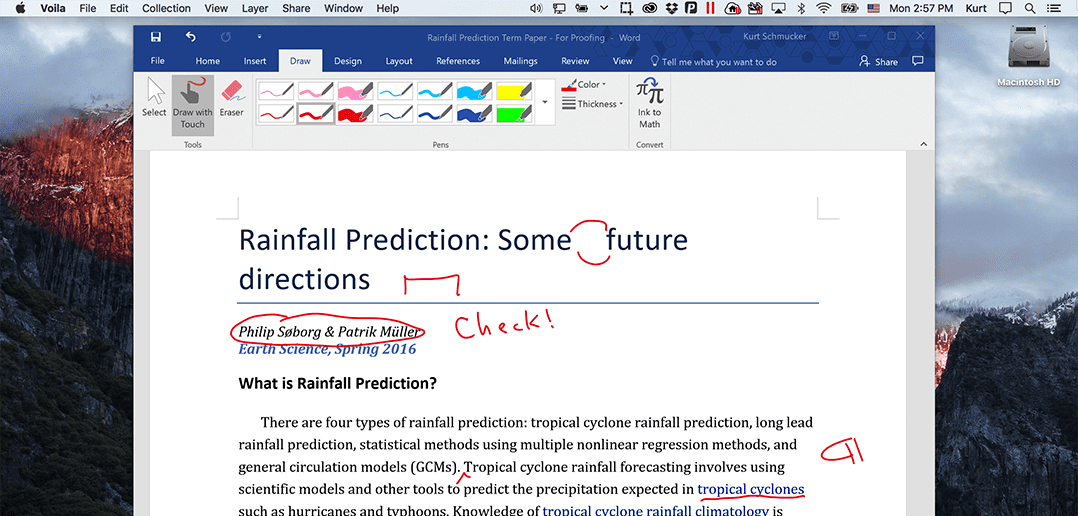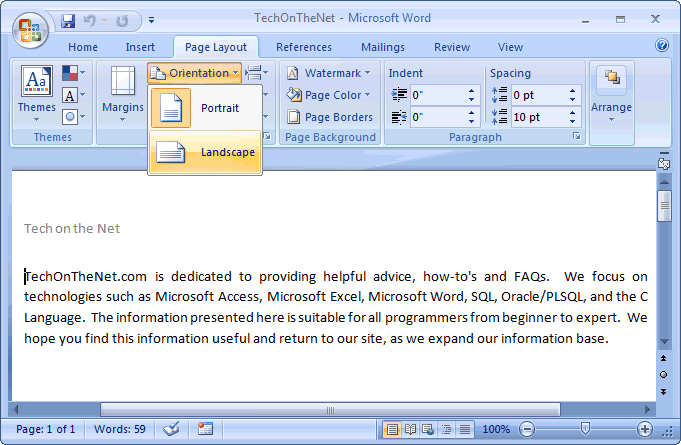

Select two or more adjacent columns-Select at least one cell in each column and then click Layout, Select, Select Column.Select a column-Click any cell in the column and then click Layout, Select, Select Column.Select two or more adjacent rows-Select at least one cell in each row and then click Layout, Select, Select Row.Select a row-Click any cell in the row and then click Layout, Select, Select Row.Select two or more adjacent cells-Select the top-left cell you want to include in the selection, then drag the mouse down and to the right to include the other cells.Select a cell-Select the cell and then click Layout, Select, Select Cell (or triple-click anywhere in the cell).

Here are the techniques to use (note that, in each case, “Layout” refers to the table’s Layout tab, which appears to the right of the Table Design tab): Select Table Elementsīefore you can change the layout or formatting of a table, you need to select the part of the table you want to work with. If you separated your columns with a character other than a tab or comma, use the Other text box to type the character. Adjust the Number of Columns and Number of Rows values, if necessary. Word displays the Convert Text to Table dialog. Click the Insert tab, the Table command, and then Convert Text to Table. To try this out, first click within the list. If you already have a list where each column is separated by a tab, comma, or some other consistent character, you can convert that list to a table. Position the insertion point where you want the table to appear.Ĭlick Insert Table to display the Insert Table dialog.

Insert a TableĪlthough Word gives you no less than one-half dozen ways to build a table, you need to know only the most straightforward method. In other words, a Word table is similar to an Excel worksheet or an Access datasheet.
#Word mac change landscape for one page how to#
This chapter shows you how to work with these and other page layout features. Page layout refers to how text and paragraphs are laid out on each page, and it involves building tables, adding headers and footers, setting margin sizes, specifying the page orientation, choosing the paper size, and so on. This means you need to get familiar with Word’s page layout tools. But getting more out of Word also requires that you deal with the program at the “forest” level of pages and documents. In the previous chapter, you dealt with Word at the “tree” level of words, sentences, and paragraphs.
#Word mac change landscape for one page pdf#
Rmd in RStudio (press Knit PDF button) results in a pdf with all pages in landscape layout:. If there is a pure rmarkdown option that would be even better than using latex. I wonder how to use rmarkdown to generate a pdf which has both portrait and landscape layout in the same document.


 0 kommentar(er)
0 kommentar(er)
